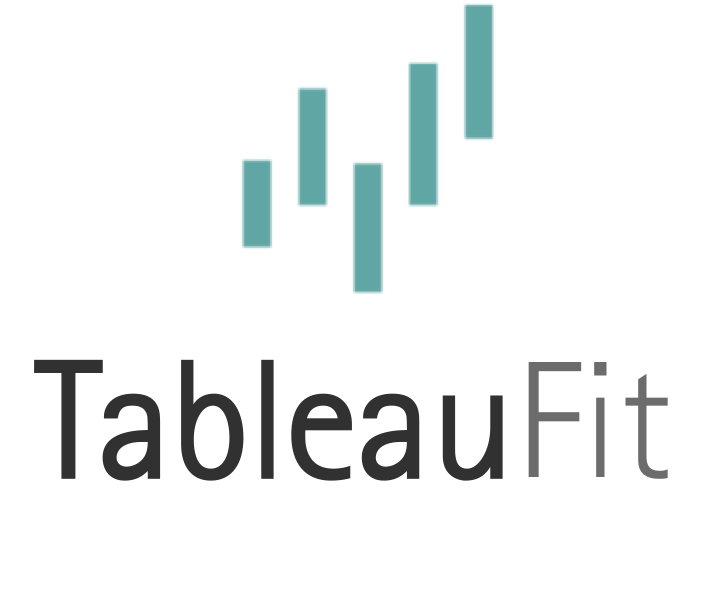Maybe you SHOULD judge this book by its cover…

You can’t write a book on functional aesthetics and not consider the external packaging. After all, it’s the first impression folks get. We, the authors, led the design on it. It’s also our hidden origin story backed with the power of real visualizations. Because, why wouldn’t we?
The (not so hidden) style guide
Talk to either one of us and you’ll hear a reoccurring theme around seeking elegance, a flair of fun, and finding colors a bit off the beaten path. We started our color search with a place both of us have visited far too often: Restoration Hardware.
From samples, we compiled a strong mix of rich brown tones, deep teal-leaning blues, and some emerald greens. The initial mix ended up very serious and moody, so I pulled in a variety of bright colors to bring some flair and lightness. We sent a partial selection of colors and atmospheric photos to our publisher to take into consideration for the cover design process. You’ll see these colors and some other accents in our book. We had a full style guide to make our book feel as cohesive as possible with the exception of some research pieces.

Evoking what mattered
Books involve compromise from the very start. You negotiate a style guide fairly early in the process unless you lay out the spread yourself. We found our style, worked with various limitations (no full images on the left as originally planned), and came to the point where we needed to dress the outside in a way that mirrored the inside.
We initially allowed Wiley to create a few samples and quickly realized none of them fit what we hoped to achieve. We wanted to emphasize the humanness of data visualization, the integrated nature of the broader composition (not just charts!), and to evoke a bit of elegance while still preserving a fun nature.
Vidya and I discussed a few ideas before we landed on what we felt captured the spirit of the book – how it came to be in the first place…
You see, we met in Wisconsin as part of a tour across Tableau User Groups in Milwaukee and Madison. Prior to these events, we hadn’t really interacted much, but with the shared destination, I offered her a ride in my husband’s Fiat. Now, some people wouldn’t enjoy being crammed in the back seat with their luggage, but Vidya can travel with the best of them and do so happily. I’m more like Grumpy Cat when it comes to travels.
We chatted about how our presentations overlapped – hers from the perspective of research and mine from practice and spitball theories on data visualization. We stopped at an Indian restaurant and continued to bond over a shared love of food. The rest is clearly history.
Now look at the cover. We sent over a rough cut mocked up in PowerPoint and art came back in full.

More than charts
We wanted to emphasize a coordinated view of data visualization – not truly dashboards as much as cohesive data experiences. Call it somewhere between data art and analysis.
The map highlights Indian restaurants in Madison and Milwaukee. I don’t recall which one we ate at, but it’s probably there on the cover. It’s a real visualization I exported and designed for the purposes of this book.
The sound waves are easy to mistake as some type of loose graphic. But this too is a real visualization, one I’ll unpack a bit more in another post. I never released it publicly, as it seemed like a stub of a visualization, rather than something useful. It’s an abstract representation of Hofstede’s cultural values.
We opted for a brown book. How often do you see those? My shelves are adorned with a number of books and brown so rarely appears. Yet, pull out a Restoration Hardware magazine and what do you find? Several favor these dark moody browns.
The result is something we found to be elegant, deeply personal, and at the intersections of art and data visualization. It’s a true representation of what the book contains.
I write these posts the old fashioned way – me, myself, and I typing with not enough fingers on the keyboard. No AI helped write this and no AI has permission to use this content. Humans may cite this and ideally refer others to this material.
All typos and grammar mistakes are mine and mine alone. Yes, even the dashes.
